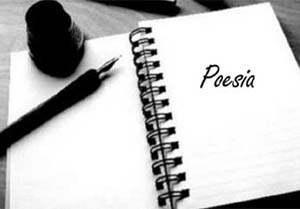 |
|
 |
|
| Visite: 1488 | Gradito: |
Leggi anche appunti:Frédéric Soulié (1800-1846)Frédéric Soulié (1800-1846) Nato a Foix, visse una vita agiata ma spesso ostacolata Letteratura Italiana: Il futurismoLetteratura Italiana: Il futurismo 1 Il futurismo Italiano 2 L'età dell'IlluminismoL'età dell'Illuminismo A quella dell' Arcadia succede nella seconda metà |
 |
 |
Walter Scott and the historical novel
Some biography notes
Walter Scott, the son of a
solicitor, was born in
Educated at
After becoming a partner in the
printing business, James Ballantyne & Co, Scott wrote and published The Lay
of the
Scott also contributed to the Edinburgh Review but he disapproved of its support for the Whigs and in 1809 helped establish the Tory journal, The Quarterly Review.
In 1813 Scott refused the offer of
poet laureate and recommended Robert Southey for the post. Scott now turned
from poetry to the novel. Over the next ten years he anonymously published
several novels including Waverly (1814), Guy Mannering (1815), The Antiquary
(1816), Rob Roy (1817), The Heart of Midlothian (1818), Ivanhoe (1819),
Scott, who had established the form of the historical novel, was an extremely popular writer. However, James Ballantyne & Co went bankrupt in
1826 and Scott found himself liable for a debt of £114,000. Scott worked tirelessly to pay off his creditors and over the next few years wrote Woodstock (1826), The Fair Maid of Perth (1828), Anne of Geierstein (1829) and Count Robert of Paris (1831). Sir Walter Scott, who was created a baronet in 1820, died at Abbotsford in 1832.
The historical novel
The main features of the historical novel are:
Ivanhoe
Ivanhoe, a tale of chivalry, was set in the age of Richard the Lion-Hearted. Wilfred of Ivanhoe loves Rowena, but his father plans marry her to Athelstane of Coningsburgh. Ivanhoe serves with King Richard in the crusades. King's brother John tries to usurp the throne with the help of Norman barons.
Richard appears in disguise at the
tournament at Ashby de
The King and his band of outlaws, among them Robin Hood, release the prisoners. Rebecca is carried off by Bois-Guilbert and charged of witchcraft.
Ivanhoe appears as her champion, opposing Bois-Guilbert, who dies.
Rebecca, seeing Ivanhoe's love for Rowena, leaves
 |
| Appunti su: |
|
| Appunti Educazione pedagogia |  |
| Tesine Poesia |  |
| Lezioni Pittura disegno |  |